Understanding sunlight reproduction
Everyone gets this wrong
I’m seeing too much misinformation about how to evaluate lighting quality to reproduce sunlight, and people are recommending things that are worse and counterproductive to their goals. For example, mercury vapor lamps are worse than the worst ‘90s flickering fluorescent office lighting in color quality because they happen to have some UV light in them. They create some fairly pallid blue-green lighting overall that can be a bit nauseating.

People want to reproduce sunlight indoors to better regulate their circadian rhythms, help manage seasonal affective disorder (SAD), try to reproduce ancestral environments as much as possible indoors, avoid “blue light toxicity,” or for other reasons.
What is light and color
If you don’t know, light as you see it with your eyes is just electromagnetic radiation at a certain frequency. Visible light is the same energy as x-rays, Wi-Fi, radio waves, UV radiation, microwave heaters, and infrared heat, but at different frequencies.
What you see as colored light with your eyes is either 2 things: a “spectral color,” a color that can be reproduced with a single wavelength of light, such as red, or a non-spectral color, a “fake” color that is the expression of multiple wavelengths of light in specific ratios. Purple, magenta, brown, and, most importantly, white are non-spectral colors. They are created in your eye by merging multiple wavelengths to one ‘spot’ and are determined by the ratios the cones in your retina are excited at.
Because white light is non-spectral, it can be created by combining various lights into one spot. This essential fact is how many light technologies create white light today.
How to evaluate light sources
To evaluate a lighting source, you need to know how to read the spectrometer's frequency distribution graph, the output of the tool you use.

The above graph shows how to evaluate a lighting source. The goal is to get the lighting as close to the sunlight curve as possible, the ‘hollow bars’ in the graph. The y-axis is “normalized” and shows a relative value of 0.0 to 1.0 to itself as a light source. It doesn’t tell you how intense the light is, just how much it’s biased toward one part of the frequency spectrum itself to another. The intensity of the light is another rating, usually lumens or lux.
Usually, you want to avoid ‘spikes’ as much as possible and have something that matches the curve as closely as possible. Usually, the flatter something is and the closer all the values are to each other, the better. Spikes are not necessarily bad if the total overlap is larger than the other lighting source you're comparing it to.
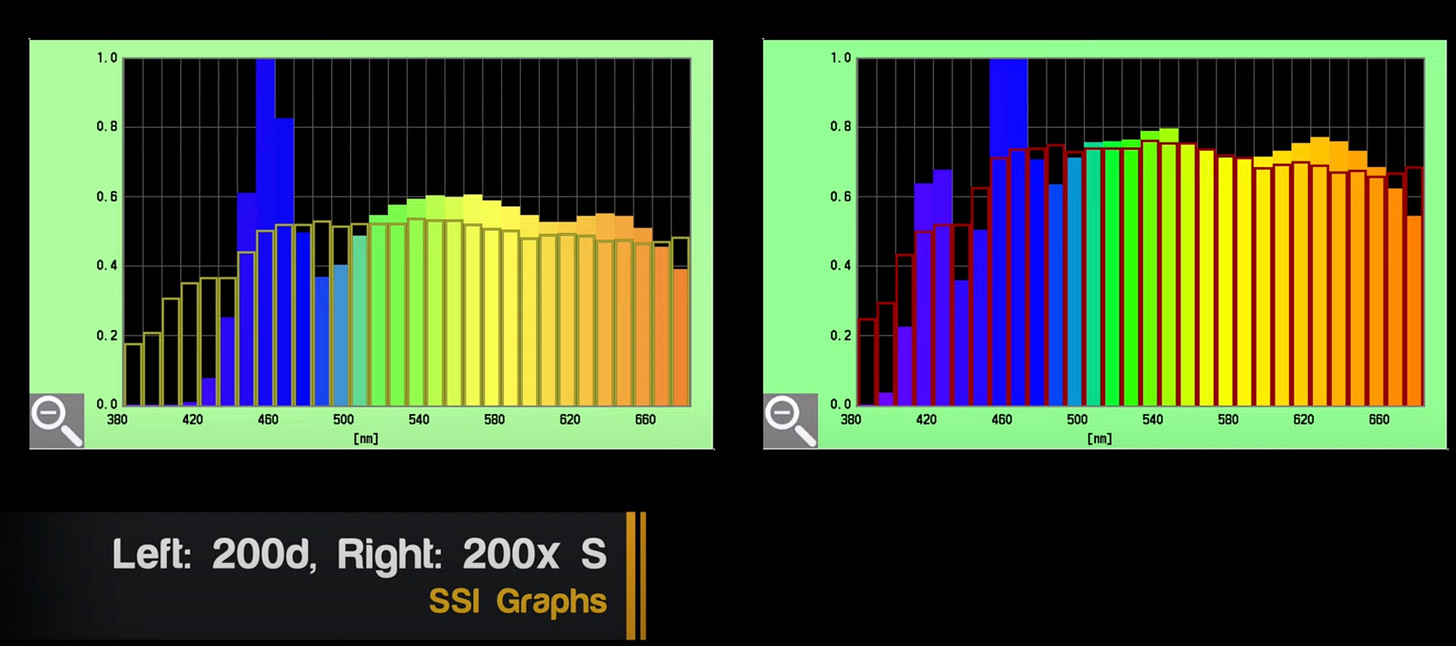
Here, you can see the old Amaran 200d compared to the new Amaran 200x S. The old one had less of its curve matching the reference sunlight curve and more relative “spikiness” in the blue 460nm band that is often seen in LED lighting. The new Amaran has a much flatter curve and matches the reference sunlight curve far more closely.
SSI, not CRI, is the number you want to look at
Because movie production needs precise color control, the SSI standard was created to rate various lights and how closely they match sunlight at various times of the day or other light sources. 100 SSI is a 100% perfect curve match, 95 is a 95% perfect match, and so on. Since the sun has different color temperatures at different times of the day, there are various SSI ratings, such as SSI D56 for 5600K, D70 for 7000K, etc. This YouTube video explains it very well:
The Sun is a black-body radiator
The sun creates its light by being really hot—about 5500C, 6000K, or 9932 freedom units at the surface. Any matter that has heat emits electromagnetic radiation at various frequencies, and the peak of that curve is determined by its temperature. This is called “black-body radiation.” Animal bodies also create this kind of radiation, but we are too cold (38C or 311K) to have it show up in visible light. It does show up as infrared light or radiation.
Then, as the sun’s radiation travels through space, it is filtered by the atmosphere to create the unique combo of light we know as sunlight. Certain kinds of matter absorb certain radiation frequencies and convert them into heat that is local to the matter.
As you can see, most sunlight is actually non-visible infrared light, which is mostly absorbed by whatever it lands on and thus effectively acts as heat. A small amount of the light is UV light.
Black-body radiation is how night vision “heat” goggles work; they use image sensors or tubes to detect infrared radiation and then show it to us in the visible light spectrum. The background outdoors is usually relatively colder than the animal heat source, which creates enough of a contrast to detect them at night time when there is no light.
Different lighting technologies
Humans have developed various lighting technologies to create light. They all have tradeoffs regarding spectral smoothness and how much energy spills into the non-visible frequencies.
Incandescent bulbs are black-body radiators
Incandescent bulbs work in the same way as the sun. They heat a filament to a very high temperature, often 3000K to 2700K, and cause it to emit light via blackbody radiation. Because the highest-temperature filament we can create only goes up to 3000K, not the 6000K that the sun uses, the vast majority of the radiation emitted is infrared. It is effectively heat, creating its energy inefficiency. There is no ‘sunlight’ 5600K incandescent bulb, and there will probably never be one. You only avoid the blue light part of the spectrum with incandescents, and they don’t solve the issue of being able to create sunlight.
This is why they are ‘energy inefficient’; most light is outputted in an infrared form that we cannot see. The most attractive thing about incandescents is their smooth frequency graph and generated heat from IR if you want it.
Everything else uses electron excitement
Fluorescent bulbs and various gas discharge bulbs such as sodium vapor, LEDs, and so on use electricity with a substance to cause it to excite the electrons temporarily in that substance to put them in a higher energy state. The electrons lose that state and then emit photons, thus light, within a very thin frequency band.
Fluorescent bulbs are the same as most other gas-discharge bulbs, but they add a fluorescent layer to convert UV light into more visible light. Fluorescence also works on the same principle of electron excitement.
LEDs work in a similar way but use semiconductor materials vs. poisonous or noble gases to create their electron-excitement effect.
LEDs are special
LEDs are special because you can combine them very precisely, they waste less energy, and the light they emit is not nearly as narrow as gas discharge lamps, which are often nearly single frequency. Thus, their curves are relatively smooth compared to fluorescent lamps. Most LED lamps combine various kinds of LEDs made of different materials with different phosphors but at different ratios and combine them to make a light. They exploit the fact that white light is a non-spectral color.
You might wonder why there is so much 'blue light’ in most LED lights.
This mostly comes from how they are created, as well as budget and power efficiency concerns. Most white LED lights use 445nm blue LEDs and then cover them with a phosphor blend, which converts the blue light into other frequencies centered on different peaks. However, some of the blue light still leaks through the phosphor, causing the dreaded blue spike of LEDs.
Most “warm” colored 2700K LED lights significantly skip this blue spike effect and don’t have it nearly as much because they use more phosphor to absorb more of the blue light.
If you want to pay 5 times more money, burn more energy, and have something that doesn’t flicker, you can buy LED lamps and bulbs with much smoother curves.
If you’ve been paying attention, you have probably noticed how most of these LED lamps have certain peaks at certain spots that repeat amongst each other. This is because they are physically limited by the LED materials and phosphors available to them. The current state of the art in LEDs, as a result, reaches an SSI D56 of 95 at most, which is still way better than any incandescent bulb you could buy. They create the effect by having different LED materials mixed together along with different phosphors to get their curves evener at a higher expense and less energy efficiency.
More exotic lighting technologies
Xeon arc lamps have an SSI D56 of 100, but they “cheat” by shoving much of their energy into the infrared with similar spike behaviors as other gas discharge lamps. This is essentially taking the even residual background glow of most gas discharge lamps and shoving a lot of energy into a substance that doesn’t create its spiky radiation inside the visible spectrum.
They are expensive and actually change their spectral distribution over time with usage, so they don’t stay nearly as stable as LEDs do. They are dangerously hot, so they require special gloves to handle them. They are only used in some movie and other specialized applications nowadays, and LEDs will probably replace all their usage soon.
Plasma lamps are another example, but they only reach 90-95 SSI, put out more heat, are bulky, and tend to be mostly used in street lights and stadiums. With LED lights reaching 90-95 SSI now, they are not very attractive.
Why don’t most LED lamps have infrared and UV lights?
Invisible light has a problem where it can injure humans, animals and objects because we do not sense the injury and thus do not protect our eyes and bodies properly. Intense, concentrated UV light from lamps is especially prone to this and can cause eye damage if you don’t know what you're doing. It’s kind of like lasers, but not as bad.
UV light is invisible, and most people don’t want to pay for energy for something they won’t use. UV light causes damage to objects over time via UV damage. It would be a hard sell to use a 400nm UV LED spillover to help fill out a little bit of the sunlight spectrum that 99.99% of people will never ever notice. On top of that, people will get upset about skin cancer and such. Because of this can of worms, almost no company adds UV light to their products unless they sell it as a sanitation product.

Infrared (IR) is literally heat in practice since many surfaces, including humans and their clothing, absorb it. Most people have heating systems and thermostats, some of which are cheaper than electric heat systems. If their lights generate waste IR heat to make it “feel like the sun,” they then need to turn on their AC to keep themselves cool, and also waste money on their electricity bill to generate, it will piss off most people. If you want to generate IR, there are plenty of very affordable IR heaters that will last a very long time, are way less annoying than incandescent bulbs, and are way cheaper than a fancy system that incorporates IR. Also, since most lights are overhead, much of the heat they generate will stay at the top of your room, while the IR heater will help warm the bottom of your room.
How do I reproduce sunlight?
Effectively? Get some Amaran 200x S lights with their 85 to 90 SSI. Get 3 of them if you actually want to reproduce the amount of light you get from the sun, which is 600W of power!! Get a UV lamp (AND BE VERY CAREFUL WITH IT, DO YOUR RESEARCH!!!), get an infrared space heater, and you’ve recreated the sun. Don’t get a fluorescent lamp or any other gas discharge lamp just because it emits some trace UV and IR light. In 5-10 years, they might make LED movie lights with the fabled 100 or 99 SSI D56 score. Your power bill will also go up a lot, but at least all of this lighting equipment can replace some of your electric heater usage. 😂
Or just go outside more.
If you really want to recreate the IR atmosphere filter effect that sunlight has, make a DIY water filter for your IR space heater, which I leave up to you to research. I first saw the water filter in this very well-done article: How to mimic sunlight.
It misses the fact that you can use movie lights to get the best quality sunlight reproduction, which is why I think you should read my articles about how to remake the sun with movie lighting:








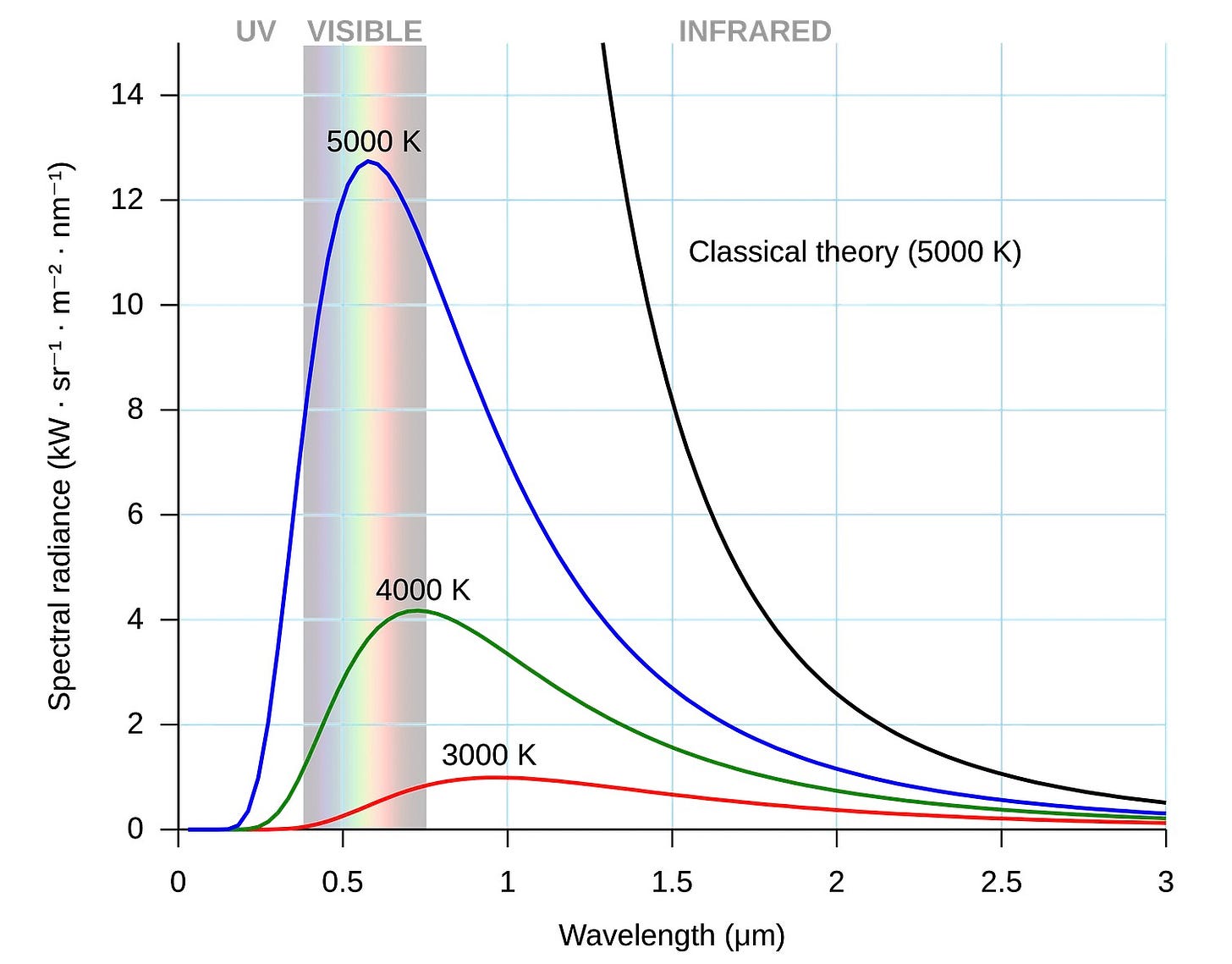
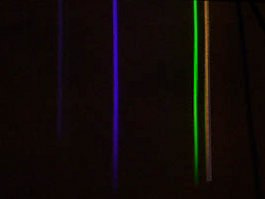
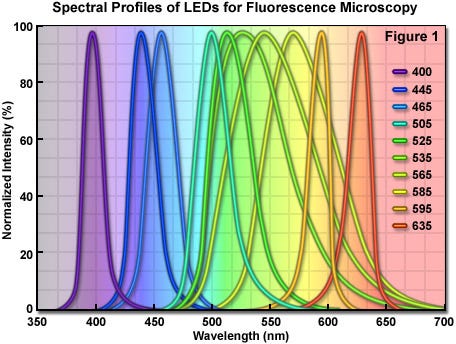




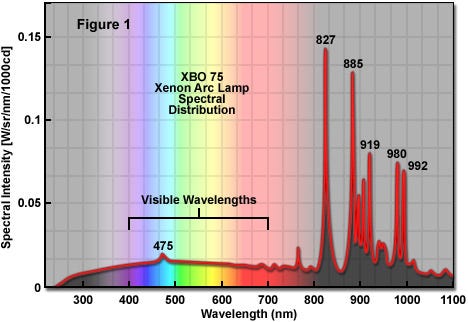
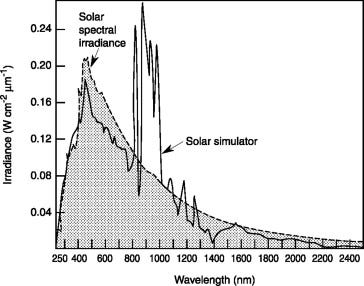
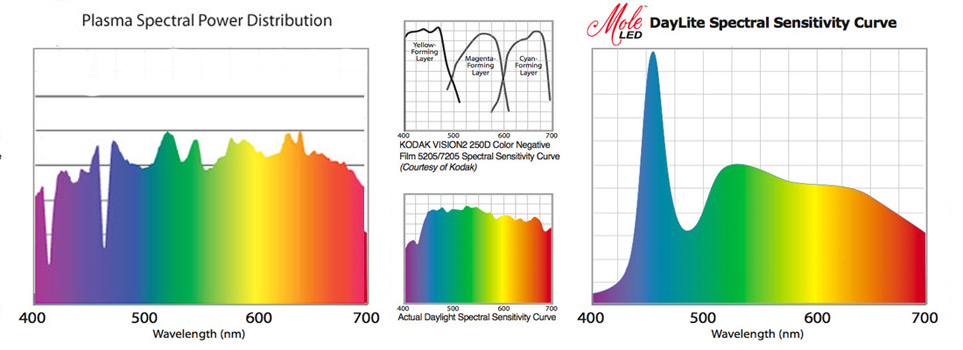
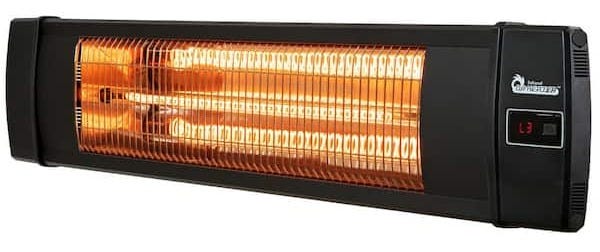


good analysis, but as always i need to warn of goodharting. are we sure that sunlikeness is the metric we're managing? i've heard reports that yellower light is good in the morning and evening for circadian, blue all day to mimic the sky, near-infared for mitochondrial stimulation, and that we rely on uvb and uvc on the skin to track the seasons. these can be directed at different body parts and at different times of the day.